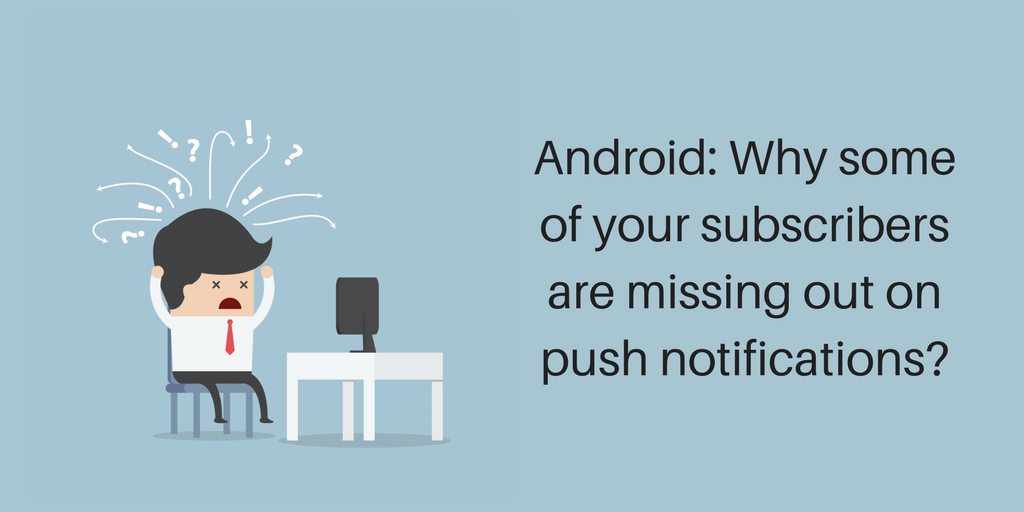
In the world of e-commerce, business owners know that customer retention is just as important as customer acquisition. If that’s the case, then why do so many small business owners put so much of their focus on acquiring new customers? Well, they obviously want their business to grow but where business owners fall short is not realizing how much easier it is to sell to existing customers than it is to acquire new ones.
In the minds of the business owner, they’re thinking that their existing customers aren’t going anywhere so they don’t need to put too much attention on them… that’s how customers get lost. The likelihood of a business selling to existing customers is a 60-70% chance, whereas the chance of a business selling to a new customer is only a mere 5-20% chance. Not only that but your existing customers are more likely to spend more money than a new customer.
Existing customers know your brand and have decided to stick around with you, so that means you’ve obviously done something right but the moment an existing customer stops responding to your marketing efforts, most businesses will just completely abandon them. So again, the question is why? Why would a business just abandon an existing customer who likes your brand and products and has already done business with you? And that’s just things that businesses do wrong with existing customers… that doesn’t even include the people who haven’t made any purchases.
Why Non-Buyers Don’t Convert Into Buying Customers
As a business owner, what’s the worst thing that you could see on your site? If you guessed shopping cart abandonment, then you guessed right! Shopping cart abandonment is one of the biggest headaches of conversions. But even with all the frustrations, it brings to business owners, could the very reason why be due to a lack of important information? Possibly.
For e-commerce business owners, you’re always going to encounter some type of problem but for the most part, there are solutions to those problems. For example, when a business owner sees that their site isn’t getting a lot of traffic, one of the first thoughts that come to their head is maybe their site is too hard to find; in that case, you can easily buy a new domain name that will be easier for customers to remember. For example, if you have a gardening site, you want something as easy and memorable as possible like gardening.com.
But when it comes to multiple visitors coming to their site and not making any purchases, it makes them have to do a little bit of investigating as to why no one is converting. Let’s take a look at some of the reasons why people visit your website and don’t convert to paying customers.
Customers aren’t in the right buying cycle
A customer buying cycle is the process a potential customer takes when they are determining whether or not to make a purchase. With the buying cycle, there are five stages and it’s important to know that a customer can only be at one point on the buying cycle at a time. The five stages are:
- Awareness: The customer knows they have a need and knows that your online business could potentially meet their need.
- Consideration: The customer is looking at your products as well as other companies’ products to see how either will meet their need.
- Intention: The customer’s logical determination of whether or not to buy from you.
- Purchase: The customer is actionably buying from your e-commerce site.
- Repurchase: If the customer likes the product and it meets their need, they convert to a repeat customer… hopefully.
Once you understand the buying cycle, you’ll feel a little bit better when you notice abandoned shopping carts. It doesn’t necessarily mean that the person visiting your site didn’t like your products… it could just simply mean that they were in the awareness phase of their buying cycle… so it’s not really a lost conversion.
Customers’ genuinely have the intention of JUST looking sometimes
How many times have you went into a clothing store and a store associate immediately runs up to you and asks if there’s anything they could help you with and you simply replied, “No thanks, I'm just looking.” The same logic applies to online shopping too. This is called search query intent… it’s all about why the customer is doing a search.
With search queries, it’s important to know that they’re not all created equal. All queries have a specific intent and it’s the determining factor of whether or not a customer will make a purchase once they land on your site. Queries fall into three categories:
- Transactional: Customers are conducting a search with direct intentions to make a purchase right then or in the very near future. They’re going to convert.
- Navigational: Customers are specifically looking for your website but aren’t quite ready to make a purchase just yet but they do have intentions to buy. They’re just doing a little research on your products. They’re going to convert but not right away.
- Informational: customers are strictly looking for information with no likely intention to buy… probably not going to convert.
So, What are Some of the Best Ways to Re-Engage and Convert?
Push Notifications
Upon building your website, you’ve worked very hard to drive traffic to your site and in doing that, you want to encourage customers in every way possible to come to your site and make some purchases. Although you want these actions to happen, they don’t always happen. When they don’t, that’s when you have to call in other reinforcements, aka, push notifications.
Push notifications are a great way to get more sales from existing customers but it’s also a great way to get back in the minds of inactive customers. With push notifications, you can let users know of sales, remind them to complete their purchase, and send them “actionable insights.”
Good Old-Fashioned Snail Mail
Hey, sometimes you have to take it back to the personalized way of reaching out to your customers. According to iwco.com, direct mail outperforms all digital marketing channels by almost 600%! When a lost customer receives a marketing gift in the mail, they feel valued as a customer and for whatever reason they left, that marketing they receive in the mail is going to at least make them take a second look and go back and check out your site again.
Deep-Linking
Deep-linking is a marketing attempt that you can use to reignite dormant customers to make the actionable decision to make purchases. It’s typically done through an app and it provides customers with a shortcut link to a direct product page that the customer may have expressed interest in the past. It prevents the customer from having to do a direct search for that specific product and it gives customers that sense of ease and convenience on your site.



.png)
.png)
.png)
.png)

.png)